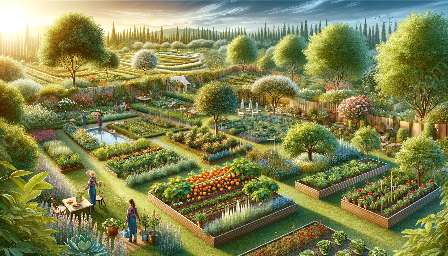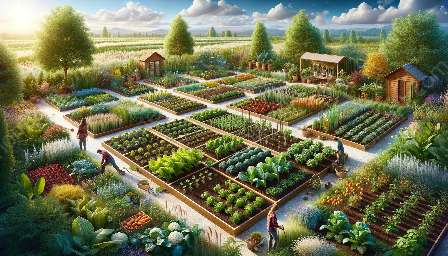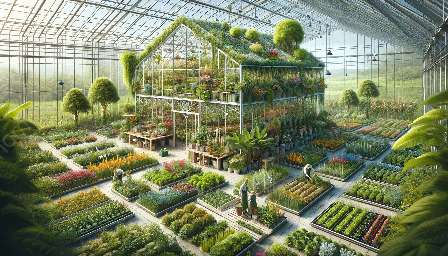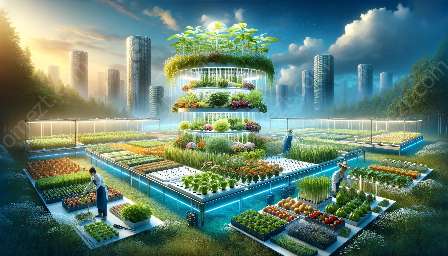Crop rotation is a time-honored agricultural practice that involves systematically planting different crops in a specific sequence on the same land over several seasons. It is an essential component of sustainable gardening and landscaping, offering numerous benefits such as improved soil fertility, pest and disease control, and enhanced crop yield. When combined with companion planting, crop rotation becomes even more effective, promoting healthy plant growth and biodiversity.
The Basics of Crop Rotation
Crop rotation is based on the principle of systematically alternating the types of crops grown in specific areas. This practice helps prevent the depletion of soil nutrients and reduces the buildup of pests and diseases that are specific to certain plant species. By rotating crops, gardeners and landscapers can maintain soil health and fertility, resulting in healthier plants and higher yields.
Key Benefits of Crop Rotation
- Soil Fertility: Crop rotation helps maintain soil fertility by balancing nutrient depletion and replenishment. Different crops have varying nutrient requirements, and by rotating them, the soil can recover and restore its nutrients.
- Pest and Disease Control: Rotating crops disrupts the life cycles of pests and pathogens, reducing their buildup in the soil and minimizing the need for chemical controls.
- Improved Crop Yield: By optimizing soil health and reducing pest pressure, crop rotation can lead to higher crop yields and better overall plant health.
Integrating Crop Rotation with Companion Planting
Companion planting is the strategic placement of different plant species near each other to enhance growth, deter pests, and maximize the use of garden space. When combined with crop rotation, companion planting can further boost the health and resilience of plants, creating a harmonious and balanced ecosystem within the garden or landscape.
Application in Gardening and Landscaping
Crop rotation can be applied in both traditional garden plots and larger-scale landscaping projects. In a garden setting, it involves planning and rotating crops in designated areas, while in landscaping, it can be incorporated into the design of flowerbeds, shrub borders, and other planting schemes. The key is to carefully plan the sequence of crops and consider their compatibility and nutrient needs.
Examples of Crop Rotation Schedules
- Three-Year Rotation: Year 1 - Legumes (e.g., peas or beans); Year 2 - Root Crops (e.g., carrots or potatoes); Year 3 - Leafy Greens (e.g., lettuce or spinach).
- Four-Year Rotation: Year 1 - Brassicas (e.g., broccoli or cabbage); Year 2 - Alliums (e.g., onions or garlic); Year 3 - Legumes; Year 4 - Root Crops.
By following a structured crop rotation plan and incorporating companion planting principles, gardeners and landscapers can create sustainable, resilient, and productive growing environments that benefit both plants and the overall ecosystem.















































